Portuguese guitar
葡萄牙吉他(葡萄牙语:guitarra portuguesa,发音为 [ɡiˈtaʁɐ puɾtuˈɣezɐ])是一种弹拨乐器,有 12 根钢弦,每根弦分为 6 层。它是少数仍然使用表键或普雷斯顿调音器的乐器之一。它与法多音乐流派有着标志性的联系。
The Portuguese guitar or Portuguese guitarra (Portuguese: guitarra portuguesa, pronounced [ɡiˈtaʁɐ puɾtuˈɣezɐ]) is a plucked string instrument with twelve steel strings, strung in six courses of two strings. It is one of the few musical instruments that still uses watch-key or Preston tuners. It is iconically associated with the musical genre known as Fado.
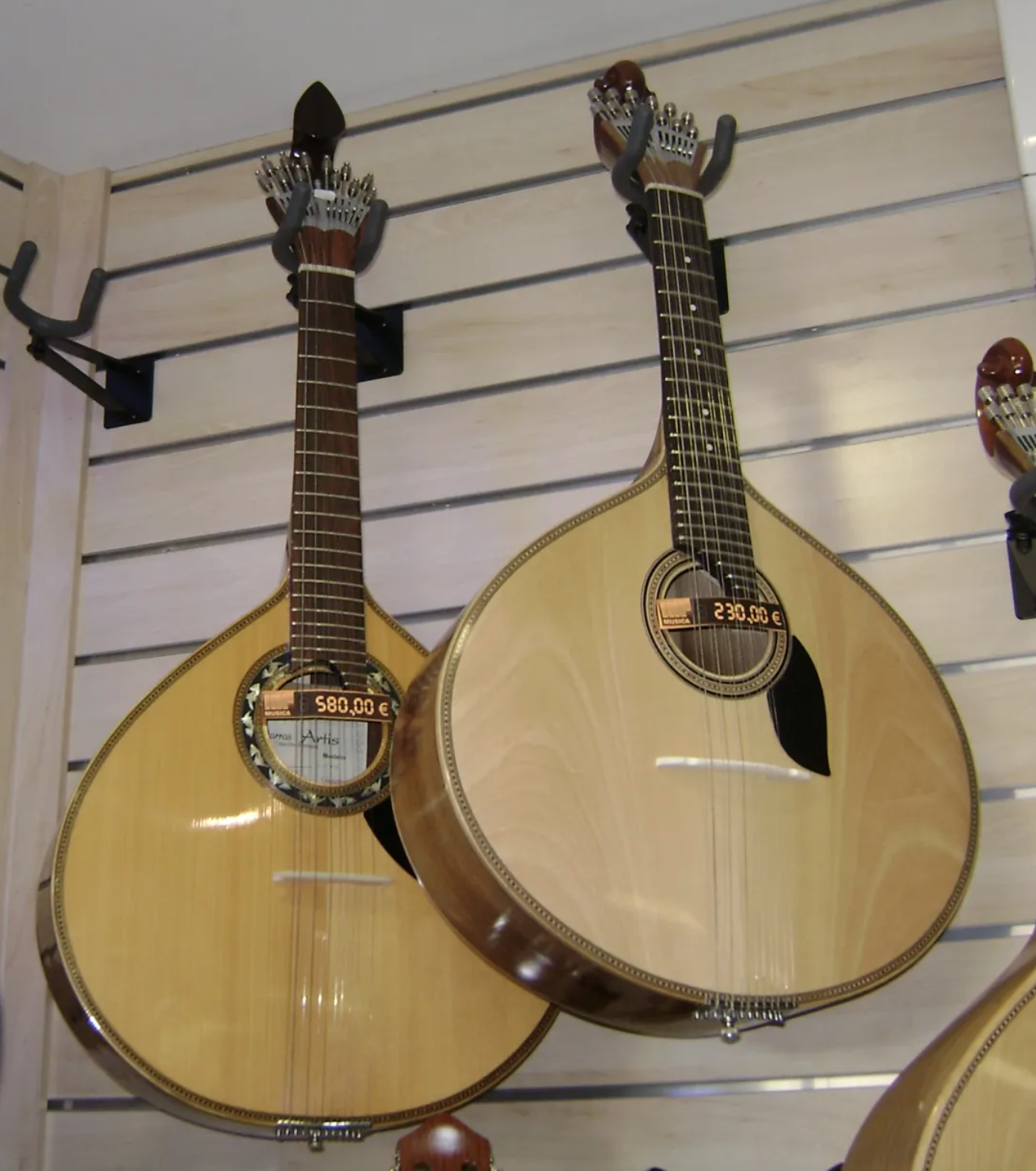
今天最普及的葡萄牙吉他在上个世纪经历了相当大的技术修改(尺寸、机械调音系统等),尽管它保留了相同的课程数量、琴弦调音和手指技术特征。The Portuguese guitar most diffused today has undergone considerable technical modification in the last century (dimensions, mechanical tuning system, etc.) although it has kept the same number of courses, the string tuning, and the finger technique characteristic of this type of instrument.
葡萄牙吉他是中世纪 citole 的后裔,基于其自十三世纪以来在葡萄牙的游吟诗人和吟游诗人圈子以及文艺复兴时期使用的证据(当时在葡萄牙语中称为“cítole”),尽管最初它受到限制 给宫廷里的贵族。后来它变得流行起来,人们发现它参考了十七、十八世纪剧院、酒馆和理发店中演奏的西特恩曲。The Portuguese Guitar is a descendant of the Medieval citole, based on evidence of its use in Portugal since the thirteenth century (then known as 'cítole' in Portuguese) amongst troubadour and minstrel circles and in the Renaissance period, although initially it was restricted to noblemen in court circles. Later it became popular and references have been found to citterns being played in the theater, in taverns and barbershops in the seventeenth and eighteenth century in particular.
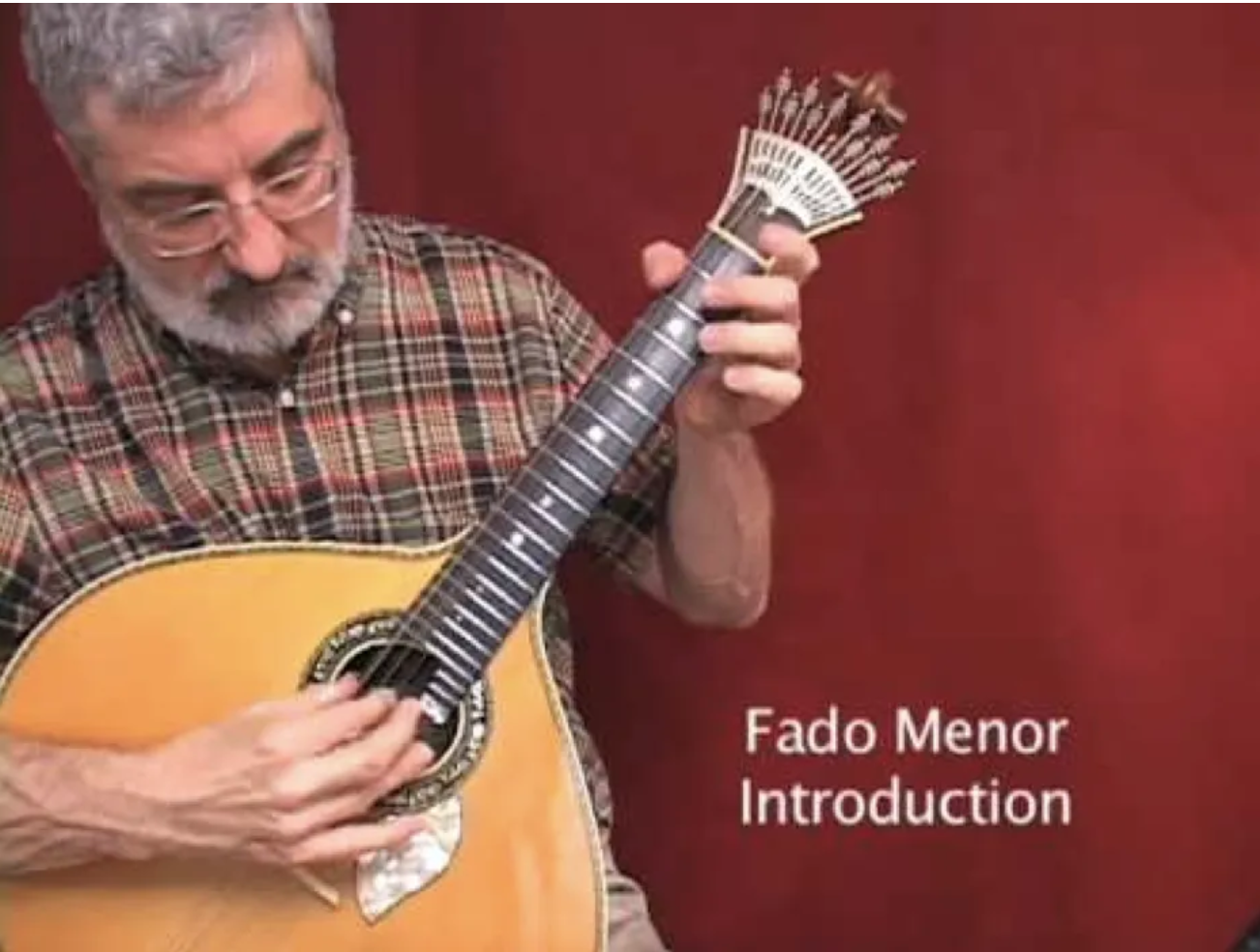
1582年,菲利普·德·卡维雷尔修士访问了里斯本并描述了里斯本的风俗习惯。他提到葡萄牙人对西特琴和其他乐器的喜爱。1649年出版了葡萄牙国王约翰四世皇家音乐图书馆的目录,其中收录了十六、十七世纪外国作曲家最著名的西特恩音乐书籍,其中作品的复杂性和技术难度让我们相信 葡萄牙曾经有过技术精湛的乐手。In 1582, Friar Phillipe de Caverell visited Lisbon and described its customs; he mentions the Portuguese people’s love for the cittern and other musical instruments. In 1649 was published the catalogue of the Royal Music Library of King John IV of Portugal containing the best-known books of cittern music from foreign composers of the sixteenth and seventeenth centuries, in which the complexity and technical difficulty of the pieces allow us to believe that there had been highly skilled players in Portugal.
弹奏琴弦的天使(约 1680 年)是阿尔科巴萨修道院的一座大型雕塑,详细描绘了葡萄牙吉他的直系祖先。 正如他在 1735 年从圣彼得堡寄来的一封信中提到的,十八世纪上半叶,里贝罗·桑切斯(Ribeiro Sanches,1699-1783 年)在葡萄牙瓜尔达镇上过课程。The angel playing the cittern (c.1680), a sculpture of large dimensions in the Alcobaça Monastery, depicts in detail the direct ancestor of the Portuguese guitar.[In the first half of the eighteenth century, Ribeiro Sanches (1699–1783) had cittern lessons in the town of Guarda, Portugal, as he mentions in a letter from St. Petersburg in 1735.
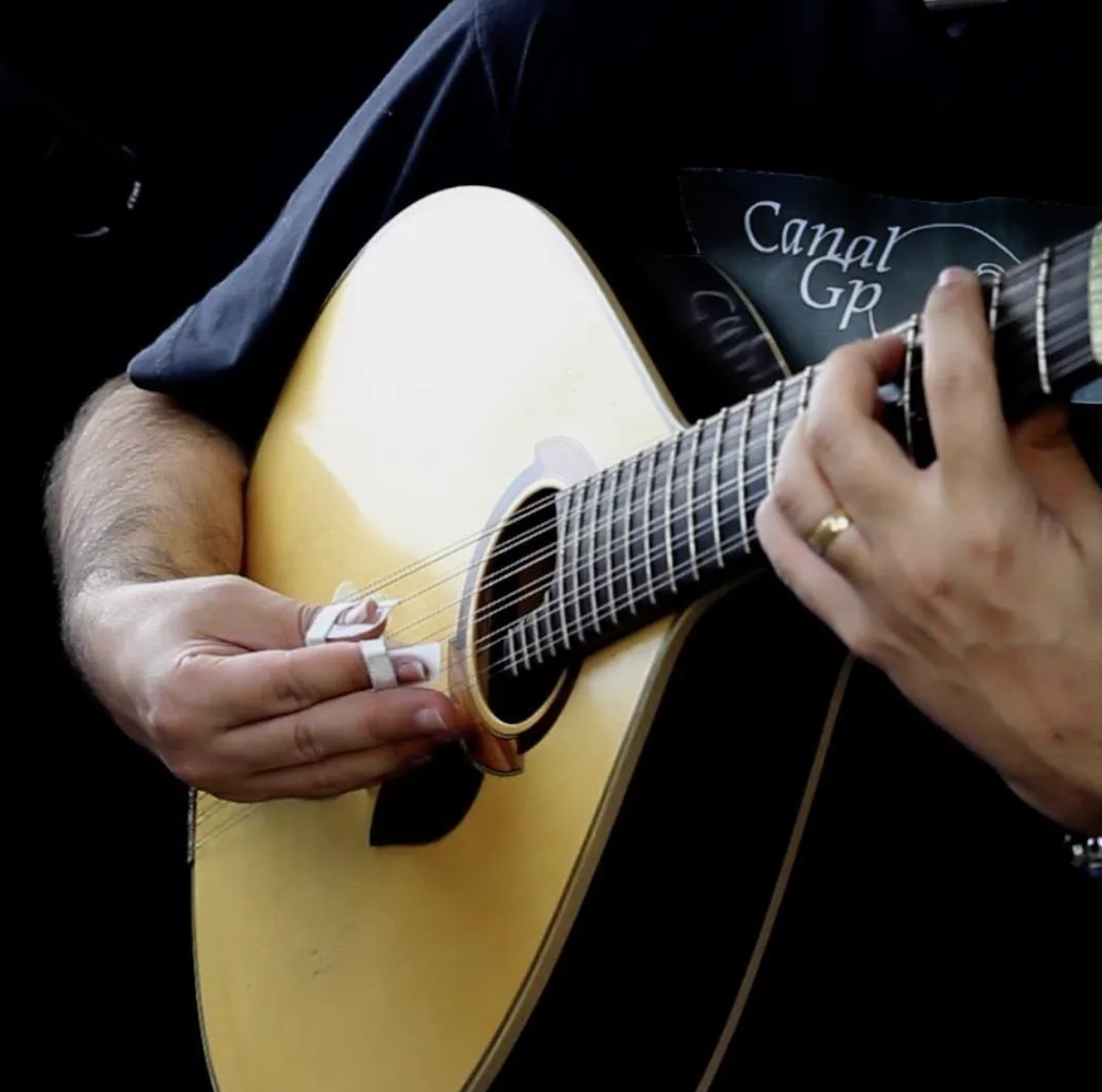
在同一时期,还有其他证据表明西特恩的使用暗示着与羽管键琴或吉他等其他乐器共享的奏鸣曲、小步舞曲等曲目。本世纪后期(约 1750 年),一种新型的吉他,即所谓的英国吉他在葡萄牙出现。到 1786 年,英国制琴师辛普森 (Simpson) 制造的琴弦变得非常受欢迎,人们注意到他还可以提供可靠的镍银琴弦。有一种由德国、英国、苏格兰和荷兰制造商在当地改良的西特琴,受到波尔图市新商业资产阶级的热烈欢迎,他们在国内的豪斯音乐实践中使用了它。这包括“慵懒的莫迪尼亚斯”、“挥之不去的小步舞曲”和“有伤风化的伦顿”(当时他们被这样称呼)。 到 19 世纪中叶,英国吉他作为一种单独的乐器在葡萄牙和其他地方都消失了,但它对随后的葡萄牙吉他的影响可以从表键调音系统、尺寸、6 弦弦法和调音方面看出 - 参见说明 下面的调音下的 afinaçãonatural(自然调音)。特别是从19世纪中叶开始,葡萄牙吉他作为一种由各种早期类型的吉他发展而来的独立乐器,因与里斯本歌曲(法多)伴奏而开始流行。n the same period, there is other evidence to the use of the cittern alluding to a repertoire of sonatas, minuets, etc. shared with other instruments such as the harpsichord or the guitar. Later in the century (c. 1750) a new type of cittern, the so-called English guittar made its appearance in Portugal. By 1786 those made by Simpson, an English luthier, became highly popular, and it was noted that he could also provide reliable nickel-silver strings. There was a type of cittern locally modified by German, English, Scottish and Dutch makers and enthusiastically greeted by the new mercantile bourgeoisie of the city of Porto who used it in the domestic context of Hausmusik practice. This consisted of the "languid Modinhas", the "lingering Minuets" and the "risqué Lunduns", as they were then called. The English guitar disappeared as a separate instrument by the mid 19th century in Portugal as elsewhere, but its influence on the subsequent Portuguese guitar can be seen in terms of the watch-key tuning system, size, stringing with 6 strings and tuning - see description of the afinação natural (natural tuning) under Tuning below. Especially from the middle of the 19th century, the Portuguese guitar as a separate instrument developed from the various earlier types of citterns came into fashion by its association with the Lisbon song (fado) accompaniment.
最后一次详细提及 cítara 出现在 1858 年 J.F. Fètis 的著作《音乐变得简单》中。葡萄牙语翻译包括一个术语表,描述了当时的西特恩吉他和“英国”吉他的各种特征(调音、社会地位、曲目等)。The last detailed reference to the cítara appeared in 1858 in J.F. Fètis' book The Music Made Easy. The Portuguese translation includes a glossary describing the various characteristics (tunings, social status, repertoire, etc.) of both cittern and "English" guitar of the time.
逐渐地,葡萄牙制琴师对辛普森的设计进行了改造,琴体更宽,音阶长度更长,指板更宽,通过使用大半径而不是平坦的指板,使其更易于管理Gradually the Simpson design was transformed by Portuguese luthiers, with a wider body, longer scale length, and a wider fingerboard, made more manageable by using a large radius, rather than a flat fingerboard.
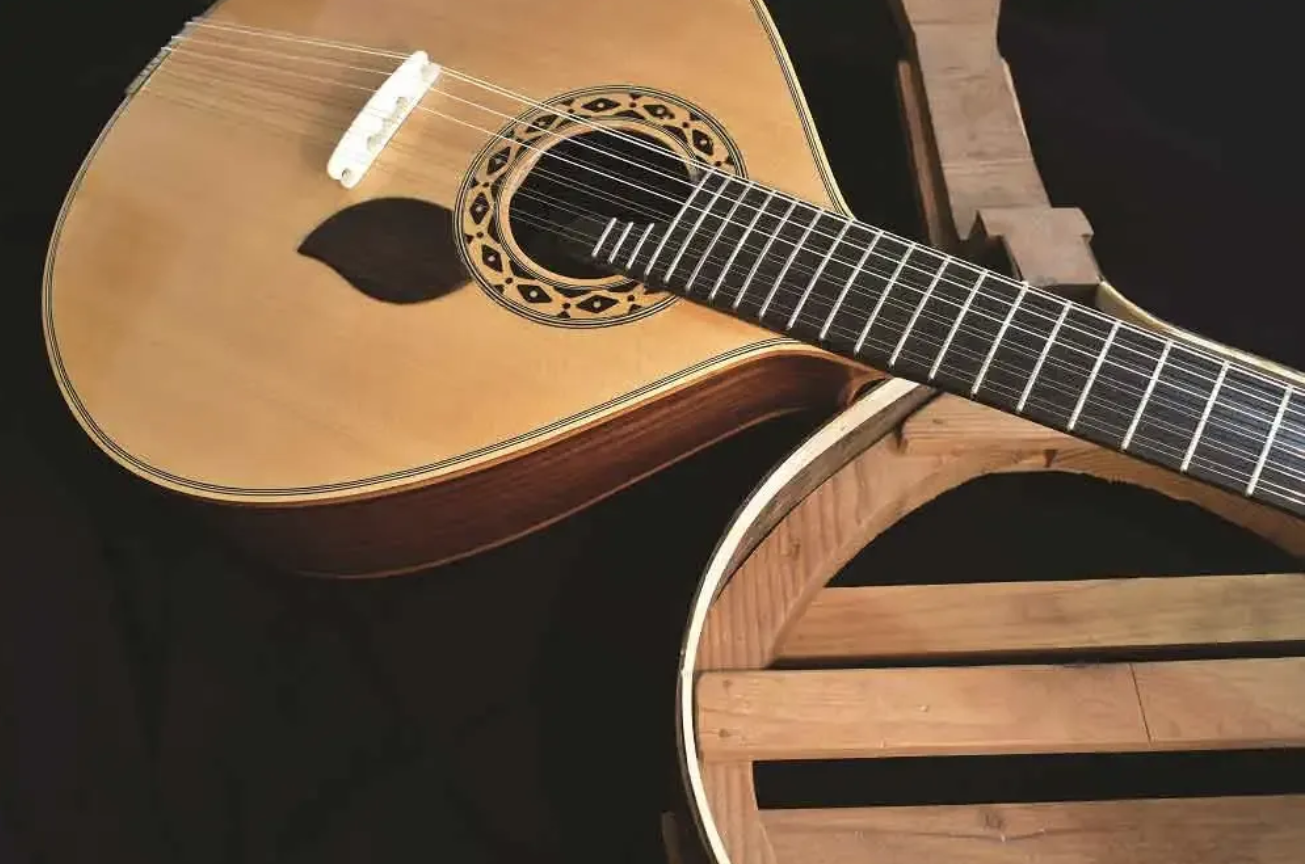
葡萄牙吉他用于独奏音乐(吉他拉达)以及伴奏,它与钢弦古典吉他(中提琴)和偶尔的低音提琴或低音吉他共享,其广泛的曲目经常在音乐厅演出 以及世界各地古典音乐节和世界音乐节的背景。The Portuguese guitar is used for solo music (guitarradas) as well as the accompaniment, which it shares with a steel strung classical guitar (viola de fado) and occasional double bass or guitar-bass, and its wide repertoire is often presented in concert halls and in the context of classical and world music festivals all around the world.
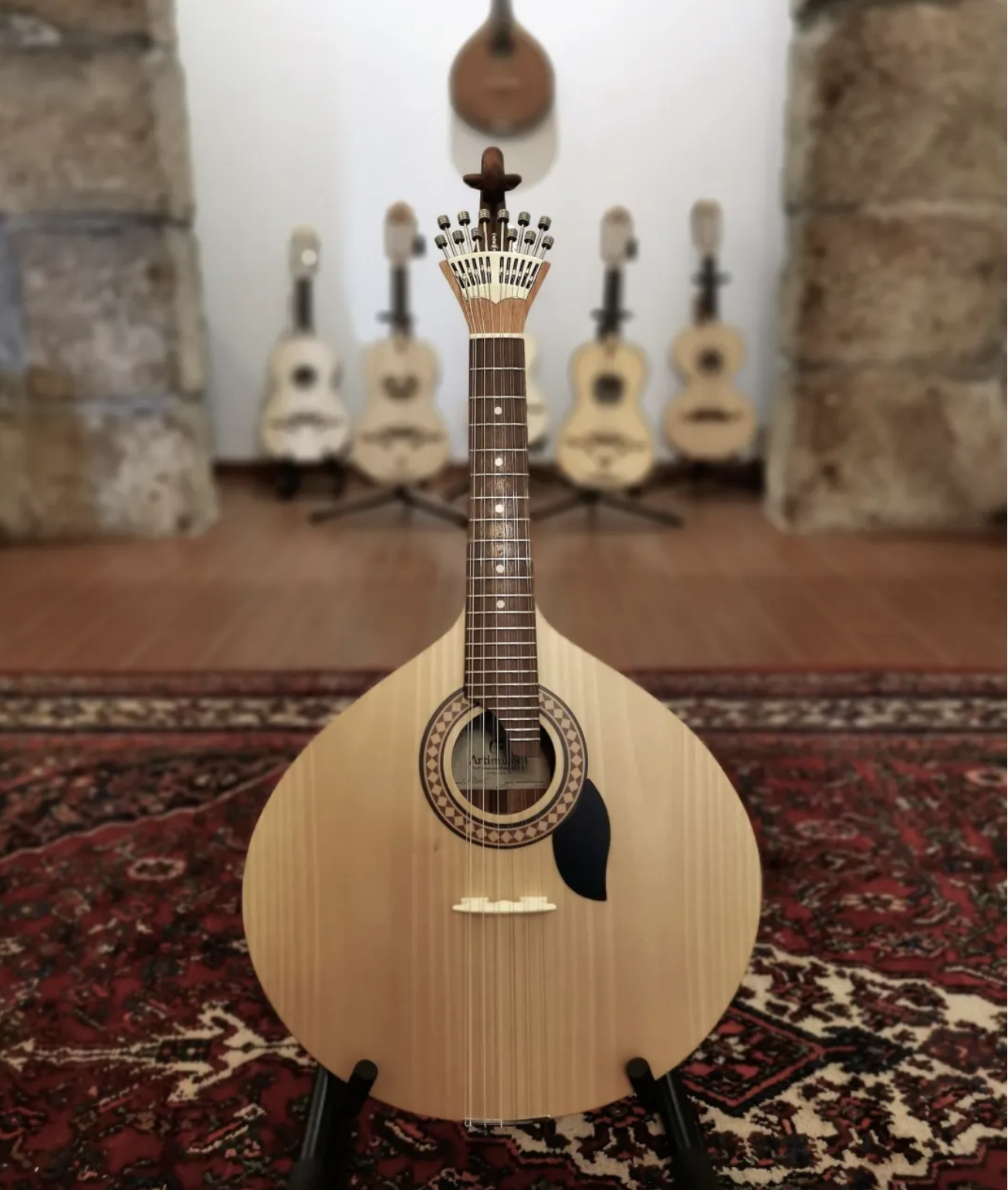
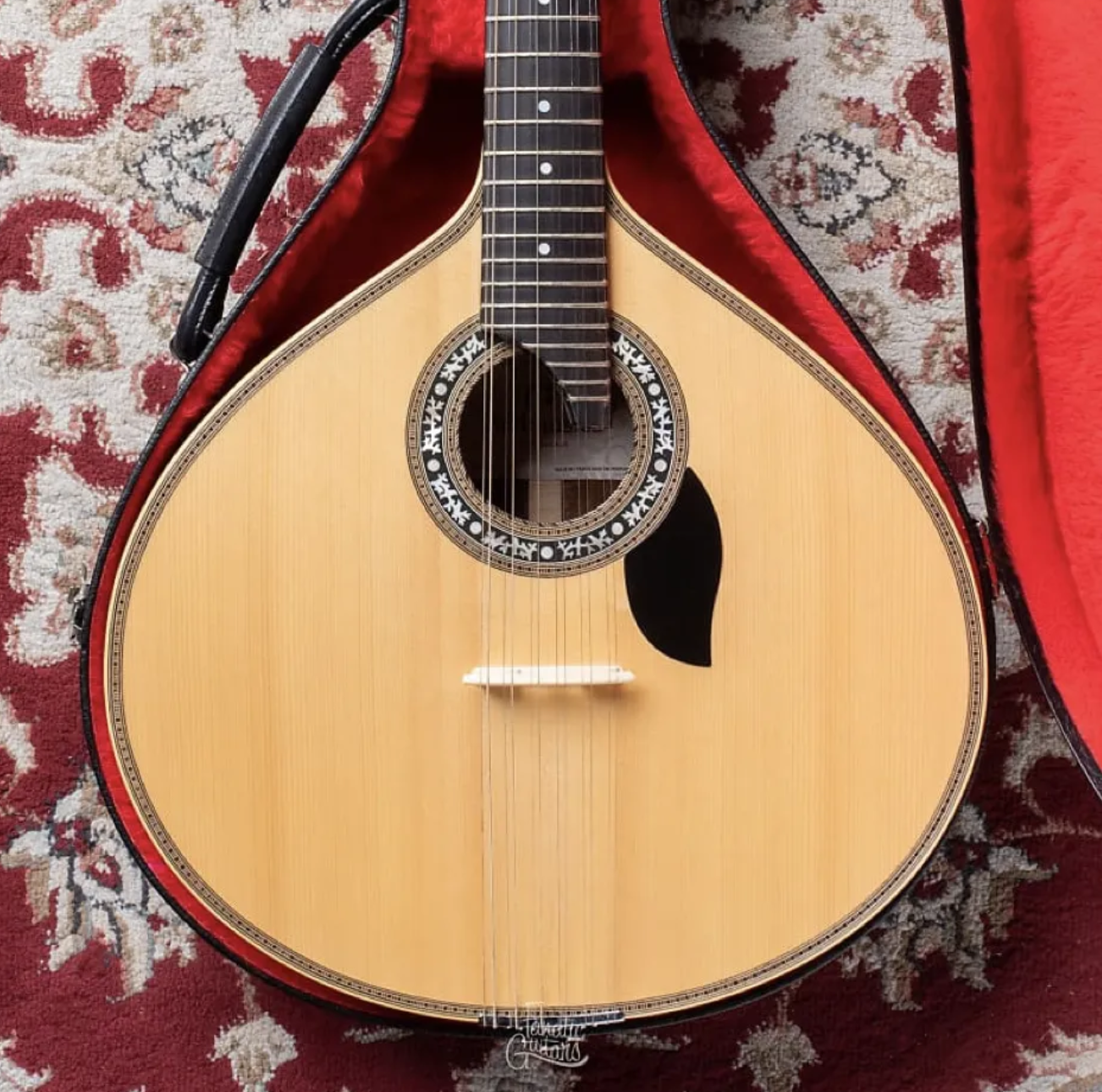
Music creation experience combined with Songdio AI While making and playing the instrument, make some music with Songdio AI to add some fun to your musical life. Songdio AI is a platform that generates music through artificial intelligence, with simplified steps that make it easy for users to create unique music. Users can edit, personalize their work, and generate copyright-free music for different projects and videos, as well as publish it across platforms and receive full royalty revenue.
With Songdio AI, users can:
Discover music: Discover popular music, latest music and random songs that everyone is listening to in Songdio-AI music player to meet users’ needs for different types of music.
Create music: Create your own music with Songdio-AI music player, have fun creating music, and put your creative ideas into practice.
Recently played: Songdio-AI music player can record the user’s recently played songs, making it easy for users to review their favorite music at any time.
Private playlists: Users can create their favorite music playlists, categorize and bookmark according to different moods and scenes.